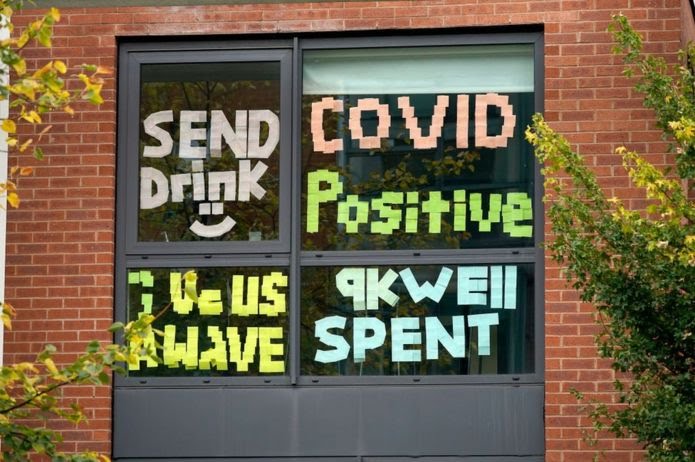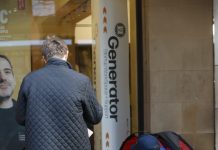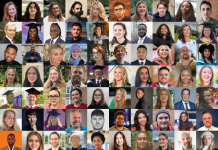Over the weekend, Manchester, like other areas of the country, has seen a significant revision to the number of cases reported as being residents of the city. This has led to an apparent increase in the rate of cases per 100,000 in the city.
Some of this relates to a backlog in cases being added to the system particularly relating to tests taken over the period of September 28-30.
David Regan, Manchester’s Director of Public Health, said:
“Manchester currently has high numbers, which was anticipated with the resumption of higher education and return of students to the city, and we prepared for this as part of our 12 point action plan.
“To put that in context, our current position is this:
There have been 2,740 new cases of COVID-19 in the last 7 days up to and including Thursday 1 October (average of 391 cases per day).
This is equivalent to a rate of 495.6 per 100,000 100,000 people.
Over the last 7 days the number of new cases has increased by an average of 17.0% each day.
This increase is being driven primarily by a growth in the number of cases in the 17-21 (higher education) age group, which have increased by over 400% compared with the 7 days ending September 24.
In the last 7 days, over half (55%) of new cases are in this group. That means the incidence rate in this age group (2,935.3 per 100,000) is nearly 6 times higher than the rest of the population.
There were 64 new cases of Covid in the over 65 years-old age group in the last 7 days up to and including Thursday October 1.
“Our approach from the outset with our local prevention and response plan, along with our early warning system, is to act quickly on data so that we contain outbreaks and stop the spread of the virus.
“Our data tells us where the current outbreaks are – and just as importantly, where they aren’t. We know our current rates show that the rise in numbers are in the 17-21 year-old-age group – and we also know where those outbreaks are, in particular, in certain student accommodation.
“More recent data also shows that there were 339 new cases of COVID-19 in Fallowfield Central MSOA (Middle Layer Super Output Area) in the 7 days ending 30 September. This accounts for a significant proportion of all cases recorded in Manchester over that period.
“The data also tells us that wider community rates have not increased significantly compared with other local authorities, which is reassuring as our priority within the pandemic has been to make sure we protect those who are the most vulnerable to the effects of the virus.
“Looking at student infections in particular we will maintain our partnership with the universities and all the associated local actions, including mass testing and self-isolation, which will help to contain outbreaks as much as possible.
“These prevention plans started in summer and are linked to our early warning system to help predict and contain outbreaks and stop the spread of the virus.
“Manchester’s students are also required to let their university know what their test results are – and then the university passes that detail to us so that we use the data quickly to inform those local decisions.”
Councillor Bev Craig, Executive member for Adult Health and Wellbeing at Manchester City Council, said:
“We have seen a significant rise in the number of COVID-19 cases being reported in our city, and I want to reassure Manchester people that our local public health teams are working hard to get the virus under control.
“Analysis shows that much of this increase has come from the many thousands of students coming to or returning to our city, many of whom call Manchester home. Many of those testing positive are living in student halls. Many are not displaying symptoms and the council is working closely with the universities to make sure that the current outbreaks are contained – and that community transmission in other settings remains much lower to protect those in our community who are more vulnerable to COVID-19.
“I would encourage anyone with symptoms, or, who has been in contact with someone with symptoms to get a test. It is only by testing and properly self-isolating that we can slow the spread.
“Now, more than ever, we need everyone to pull together and remember the key things that keep us all safe, including all our local rules and maintaining social distancing.”







